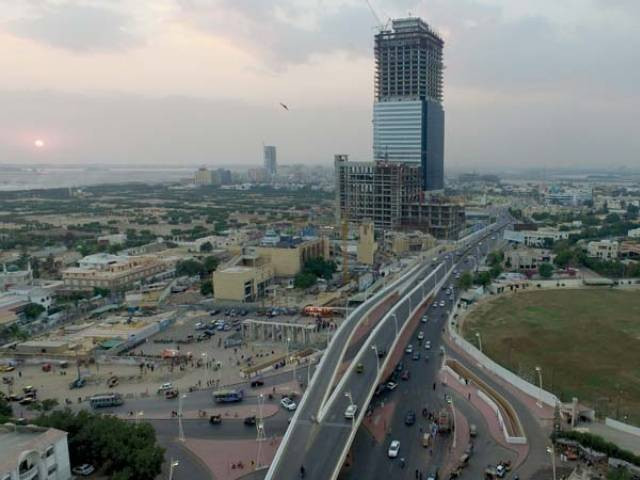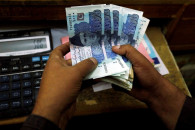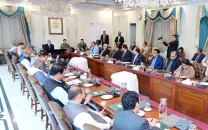Political populism vs economic development
A party may not deliver on economic growth, but can still maintain its political space

Why does the citizenry embark on such a path? The anomaly lies in the constraints of processing imperfect information by not so informed electorate. They may choose an option that doesn’t go well with the economic rationality, but does satisfy their innate political and social demands.
Group efforts required for economic development
Hence, we do see the emergence of political populists that keep on winning power on acrimonious rhetoric. For their failures on the economic front, they will always find some scapegoats to be sacrificed at the altar of mob satisfaction. Or may be economic wellbeing is not high on the electorate’s priorities.
The case of Sindh
Let us take a look at the real life precedent of Sindh, the resourceful province. It boasts of Pakistan’s largest industrial hub, major ports, huge oil, gas and coal reserves, strong agriculture base and skilled manpower. These endowments make a tale for a robust and dynamic economy.
Unfortunately, Sindh lies much behind its potential. The difference cannot be more stark when one travels on the National Highway from Sindh to Punjab. Superior quality of infrastructure in Punjab comes as a great contrast to the drab outlook of interior Sindh.
Its education sector is in shambles and even the provincial government has to declare an education emergency. Its governance quality is the lowest in the country. Its infrastructure is also crumbling.
Despite improvement in the security situation, its main commercial hub, Karachi, is still dubbed among the most dangerous cities of the world.
Who is responsible for the decline in the quality of life in Sindh? The major onus is on the political leadership. Sindh is being ruled by the Pakistan Peoples Party (PPP) for the last eight years. With its peculiar demographic divide, the ruling party has consolidated its political hold over the province through an amalgamation of identity and patronage politics.
Pakistan lags behind India, Bangladesh in economic growth: report
Does it simply mean that the majority of the population in Sindh will keep on voting the PPP without any significant improvement in its economic fortunes?
The case of Bihar
It appears so, as one can take a cue from the situation that prevailed in the Indian state of Bihar. Politics in this third most populous state is marked by caste-based division. Its vast array of castes makes a complex reading of political competition.
Dalit and other backward castes (OBCs) make up 67% of its population, whereas 17% Muslims and 15% upper castes create a great plurality in the state.
In 1990, Lalu Prasad Yadav, the colourful personality of Indian politics, was sworn in as the chief minister of Bihar. For the next 15 years, Yadav ruled Bihar directly or indirectly.
In 1997, when he was forced to relinquish his position as chief minister due to indictment in a fodder scandal, he installed his illiterate wife, Rabri Devi, as chief minister.
Yadav was able to cement his political position by keeping significant voting segments of OBCs and Muslims on his side. During his tenure, also known as Jungle Raj, Bihar hit the bottom in economic and social spheres among major states of India.
However, continuous democratic process enabled Nitish Kumar, the saviour of Bihar, to emerge on the top.
Post-2005, under Kumar’s rule, Bihar’s economic and social indicators have started picking up. Though from a lower base, Bihar has started registering phenomenal economic growth.
What conclusions can be drawn from the Bihar example? Politics remains a ruthless game of electoral calculations and power capture. A party may not deliver on economic growth, but can still maintain its political space.
Rashtriya Janata Dal (RJD) of Yadav, like the PPP, has sustained its political value with its high and lows.
For any ensuing political change in Sindh, we need to keep our fingers crossed. It took 15 years and continuous elections for the reduction of Yadav’s factor in the politics of Bihar. Timeframe for the change in political and economic fortunes of Sindh may be different.
The writer is a director in the Policy Research Institute of Market Economy
Published in The Express Tribune, November 21st, 2016.
Like Business on Facebook, follow @TribuneBiz on Twitter to stay informed and join in the conversation.


















COMMENTS
Comments are moderated and generally will be posted if they are on-topic and not abusive.
For more information, please see our Comments FAQ